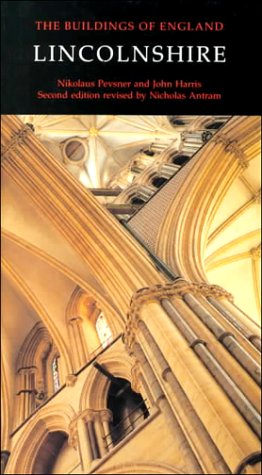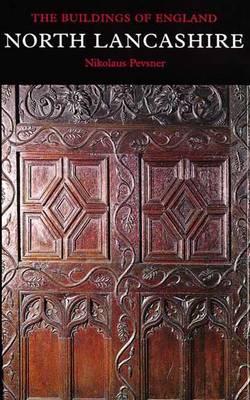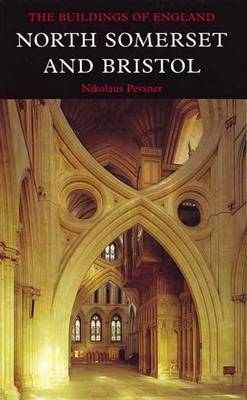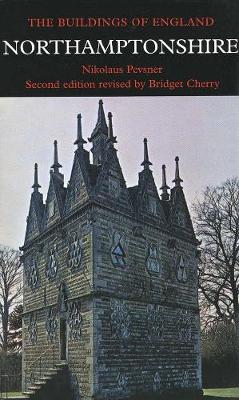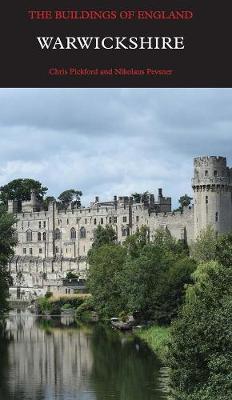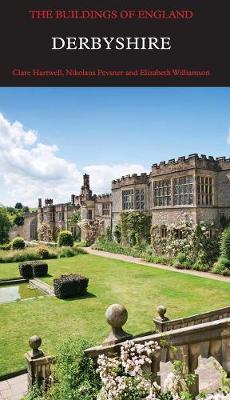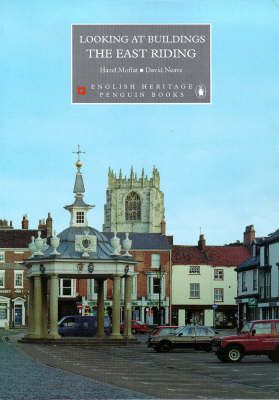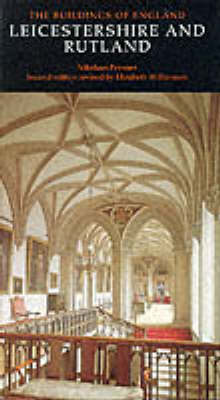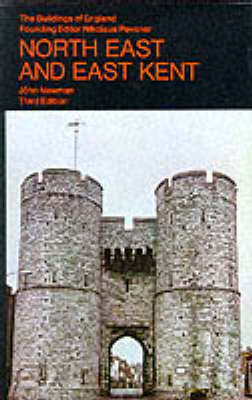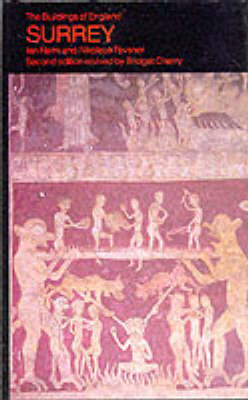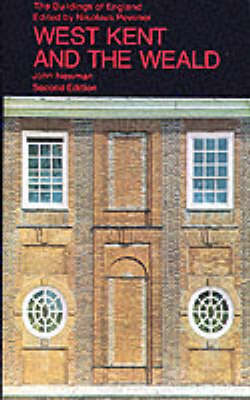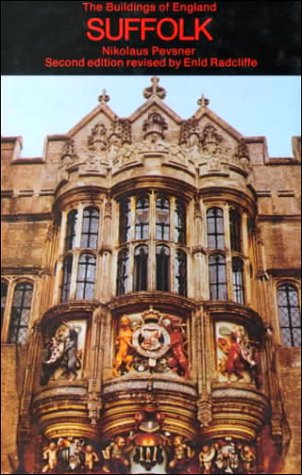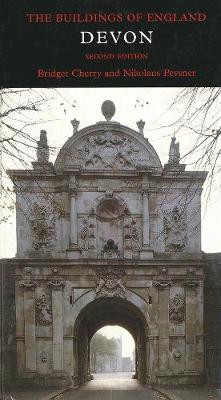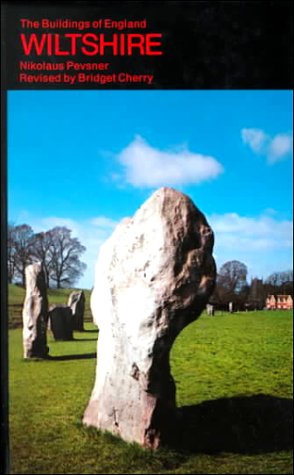The Buildings of England
1 primary work • 40 total works
A comprehensive guide to the buildings of Cheshire in all their variety, from Pennine villages to coastal plains and seaside resorts. Chester, the regional capital and cathedral city, is famous for its Roman walls and black-and-white timber architecture, its noble Neoclassical monuments, and its unique medieval shopping 'rows' with their upper walkways. But Cheshire is also a major industrial county, with spectacular and internationally significant mills and canal structures. Specialist settlements include the famous railway borough of Crewe, the salt towns of Nantwich, Northwich and Middlewich, and Lord Leverhulme's celebrated garden suburb at Port Sunlight.
Leicestershire and Rutland
by Nikolaus Pevsner and Dr Elizabeth Williamson
Elizabeth Williamson provides an enlightening record of the historical character of the Docklands as well as describing the new and vital changes in recent architecture. With the aid of numerous text figures and excellent photographs (many of them specially taken by the Royal Commission on Historical Monuments), this book provides a valuable and handy guide as well as a reference tool enhanced by extensive indexes and a glossary.

